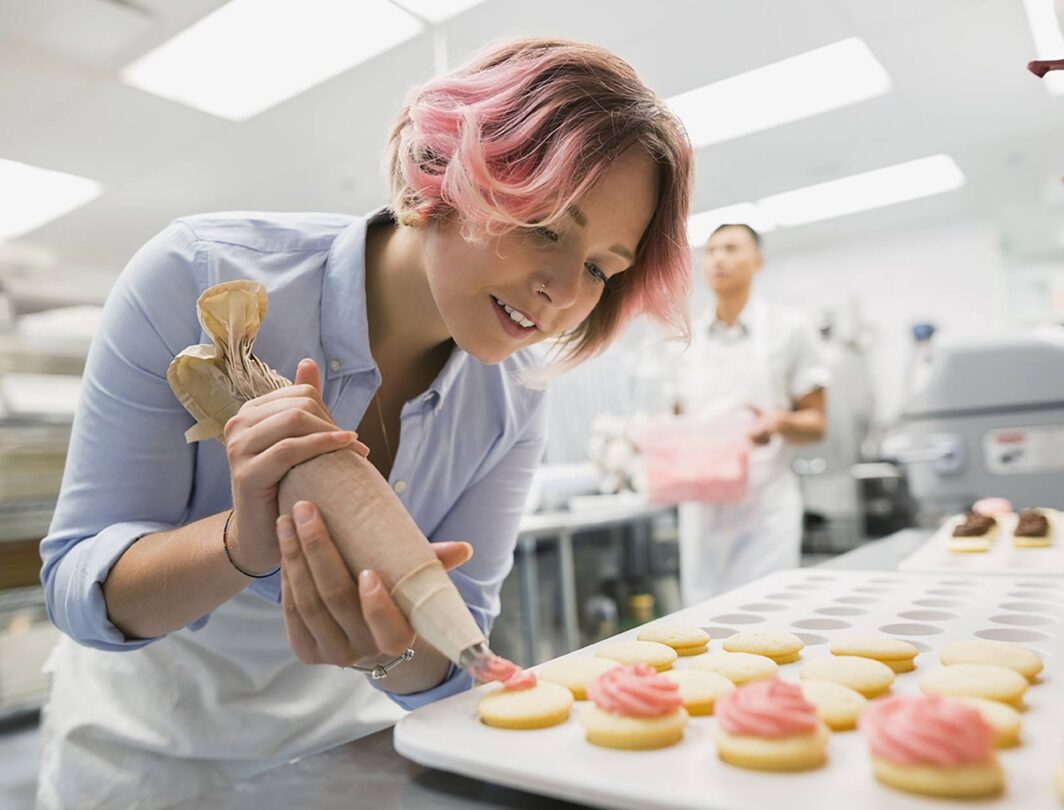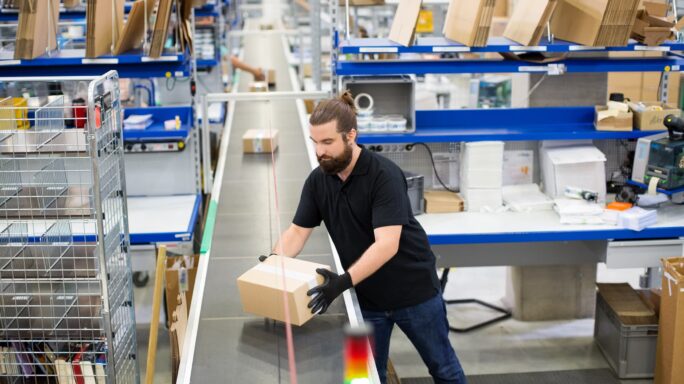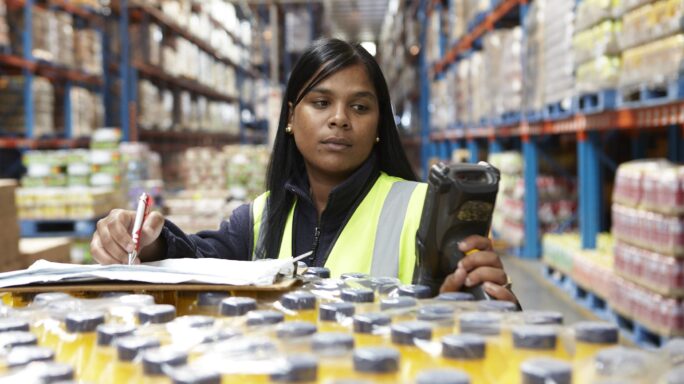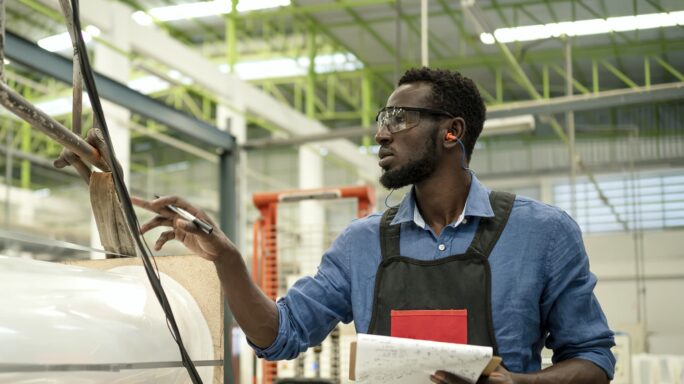Strategy, Legal & Operations
How food and drink manufacturers can prepare for Brexit
Want to know how to prepare for Brexit as a food and drink manufacturer? Read this for five steps that will help your business now and in the future.

How will Brexit affect the food and drink industry? It’s an important question for UK manufacturers in this area, who want (and need) to know how to prepare for Brexit.
Food and drink is one of the country’s most challenging industries – it has always been fast-paced and customer driven. And as analyst group Aberdeen Group explains, it’s also “asset intensive and at the mercy of global commodity markets, facing both low margins and high demand variability”.
Some of the biggest Brexit challenges for manufacturers in this sector – with food and drink being the UK’s biggest manufacturing industry – have been a lack of clarity and certainty about which safety regulations and labelling standards will apply, how to take steps now to be ready for any outcome, and any transition arrangements for UK-based exporters of food and drink.
This article explores how food and drink manufacturers can prepare for Brexit – not only to mitigate for it but to actively make the most of any opportunities.
The supply chain
For many food and drink manufacturers, one of the most pressing matters to attend to when it comes to Brexit is what will happen to the supply chain.
Currently, products can move freely across UK and EU member state borders but this may change after Brexit, with a potential imposition of inspections of compliance with food standards, tariffs and delays.
This could be particularly tricky as food and drink goods are perishable, needing to be consumed with weeks or even days. However, food and drink businesses are used to supply chain challenges and uncertainty, which may mean they are in fact better prepared than companies in other sectors for what’s to come.
Food and drink businesses should be thinking about the following:
Strategic and contingency planning
They should be identifying and controlling risks, potentially planning for worst-case scenarios when it comes to tariffs and duties, having alternative suppliers on hand in case of delays. They should also look closely at whether supply chains can cope with delays and added costs – and if not, it’s worth looking at solutions.
Examining supply chain relationships
They should be closely examining their links, specifically focusing on partnerships with suppliers that regard Brexit as an opportunity rather than a threat. This may also involve looking for suppliers in alternative locations.
Traceability
They will need to continue to keep a close eye on where their materials come from, which means traceability tools will remain important to verify the history and locations of products through documented, recorded verification.
Understanding demand patterns
Food and drink demand can be variable throughout the year, so the ability to understand the periods where consumers purchase the most allows for the forecasting of what goods to stock and when.
Understanding food labelling requirements
Food and drink is a highly regulated industry with requirements on the information (including allergens and additives) that must be displayed. For some parts of the industry, information around nutritional content, usage dates, etc, are also mandated.
Manufacturers will need to be ready to amend the layout and content of labels at potentially short notice to meet the requirements of Brexit.
Brexit: The UK transition
Need help making changes to your business processes now that a UK-EU trade deal is in place? We're here and ready to support you to make them.

Innovation for manufacturers
Innovation has always been important to food and drink manufacturers looking to differentiate themselves in a crowded market. The development of new products can increase revenue streams, allowing businesses to keep profitability high when new regulations come in.
Investment in distribution channels could also be supported by technology such as a real-time connection between warehouses and carriers, increasing the productivity and efficiency of the supply chain.
Of course, the food and drink industry is built on customer tastes, and innovation can lead to popular new products that provide nutritional benefit or are ethically and environmentally sourced.
The UK government’s recently released Industrial Strategy white paper declared its intention to support industry post-Brexit with spending on research and development, which could include tax relief benefits that businesses looking for assistance could apply for.
Large food and drink businesses could claim tax relief for research in advances such as:
- The development of new products
- “Clean label” products that are transparent in, for example, the lack of artificial ingredients or allergens
- Improvements in cooking and freezing processes
- Advancements in processing and packaging.
Automation to increase productivity and efficiency
Automation is already widely used in manufacturing, transforming the economics and the factory floor. With rapid Industry 4.0 advancements in areas such as artificial intelligence (AI), robotics and machine learning, machines can outperform humans in certain tasks, increasing overall productivity and efficiency, resulting in better products and competitiveness.
Businesses should look at automation when seeking to increase productivity and efficiency when it comes to a post-Brexit world, such as a reduced labour pool with some workers making the decision to relocate to countries that are part of the EU.
This doesn’t simply mean switching humans for robots, but rather looking at automation in connecting solutions to shared data and assisting humans in certain repetitive or dangerous production tasks.
Another potential use of automation in a food and drink factory setting centres on vehicles and robotic devices. Automated vehicles and robots could handle large units of food supplies and materials in manufacturing and warehouse environments.
They might also have the capability to read product dates and organise warehouse shelves for optimal food conversation – highly useful in a more challenging supply chain. Advanced units could even build up maps of their environment using internal software and sensors.
Food and drink businesses considering the use of automation both now and in a post-Brexit world could think about:
- Upgrading enterprise resource planning (ERP) software, as well as production and scheduling software, to unlock the potential of the business. Review the data captured and shared from the production line – it’s likely there’s more that can be done with it.
- Digital transformation, Industry 4.0 and the digitalisation of the factory and production line. Benefits include the reduction of paperwork, use of simulation tools, and the boosting of product development.
- Getting support. As well as government benefits, partnerships with universities and colleges can provide help in researching solutions to important business issues.
Five ways food and drink manufacturers can prepare for Brexit
1. Research your competitors
Understand where your competitors are and how they’re doing financially by way of comparison. The best approach would be to look upon Brexit as an opportunity to differentiate yourself in the way you do business. For example, partnering with food manufacturers outside of the EU could allow you to create new products, as well as reach new markets.
2. Understand your numbers
Food and drink manufacturers must make use of financial information to drive operational decision-making. Basing decisions on data rather than using guesswork can benefit businesses in a post-Brexit era when it comes to the technology investment needed to drive future productivity and efficiency in a world outside of the EU.
3. Prioritise ruthlessly
Make a shortlist of no more than five food and drink manufacturing operational challenges in a post-Brexit world, such as food packaging or the supply chain, and prioritise them, making sure to put them ahead of any project that doesn’t support core business goals and challenges.
4. Build an overall improvement strategy and vision
Internally, the food and drink leadership team needs to build a specific improvement plan with intended initiatives, together with a movement to secure the right funding and resources needed to get it implemented. Whatever their political leanings, leaders and employees need to be on the same page to make the best of the Brexit situation.
5. Prepare for the worst
When thinking about Brexit, it’s easier to plan for scenarios when everything goes right, rather than prepare for situations where everything goes wrong. The best approach is to prepare for harder times by testing and preparing for worst-case scenarios. Whether the UK and the EU hammer out a deal or the conclusion is a no-deal, food and drink businesses prepared for the worst will be a better position.
What steps is your food and drink manufacturing business taking to prepare for Brexit? Let us know in the comments below.
Preparing for Brexit
Your business needs to put contingency plans in place in case of a no-deal Brexit. Read this white paper for advice to help you start your preparations.







Ask the author a question or share your advice